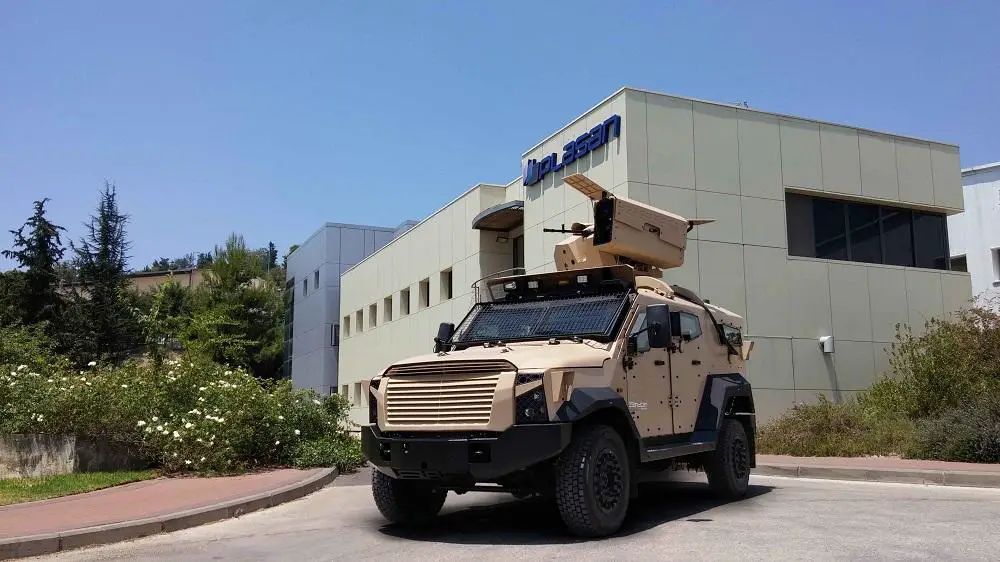The Israeli Defense Ministry (Misrad HaBitahon) announces it has procured 50 armored vehicles for the military to use in its near-nightly raids across the West Bank. The Times of Israel reported that since the spring, the Israel Defense Forces (Tsva ha-Hagana le-Yisra’el) has been conducting arrests in the West Bank following a series of terror attacks. Troops have repeatedly come under fire during the operations. The ministry says the Plasan Sasa Ltd. Plasan SandCat armored vehicles were obtained through an “expedited” order, amid the West Bank operations.
The SandCat is a composite armored vehicle designed by the then Plasan Sasa (now Plasan) of Israel. The SandCat was shown publicly for the first time at AUSA during October 2005. The latest models were shown for the first time at Eurosatory 2018. The SandCat is based on a commercial Ford F-Series chassis. Approximately 700 SandCats have been produced since 2004, and while Plasan has never released complete details, these are known to be in service with at least 16 users across five continents, and in a wide variety of roles that range from Police/internal security to combat/patrol.

The overall design of the SandCat is such that it can be adopted to perform a wide range of military and Police/internal security-related missions. The original SandCat featured a four- or five-seat protected crew citadel, this having two doors on each side plus two rear doors in the crew citadel that open into an open-topped rear stowage area. This stowage area which could be covered if required, is open-topped to save weight. First-generation ‘station wagon’ vehicles for Sweden could seat eight in an extended fully enclosed rear body. Second-generation models could seat up to five (Utility) or eight (Transport/TPV). Third-generation models seat up to 10.
The SandCat is based on a well-proven Ford Super Duty commercial pick-up chassis to reduce through life cycle costs, and automotives used in all SandCat generations have remained standard Ford wherever possible. The latest fourth-generation models powered by a Ford PowerStroke 6.7-litre V8 diesel developing 330 hp and coupled to a Ford TorqShift six-speed automatic transmission. Standard F550 drive axles are retained, however the front coil and rear leaf springs plus the brakes are uprated/tuned to suit operating weight. On second-generation models the rear leaf springs were swapped for a Plasan-designed coil spring and trailing arm set-up.















